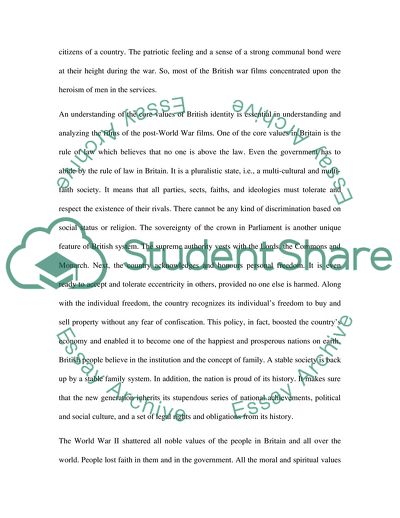Cite this document
(Representation of British Identity in the Films of Post World War II Case Study, n.d.)
Representation of British Identity in the Films of Post World War II Case Study. Retrieved from https://studentshare.org/visual-arts-film-studies/1708892-british-cinema-essay-1
Representation of British Identity in the Films of Post World War II Case Study. Retrieved from https://studentshare.org/visual-arts-film-studies/1708892-british-cinema-essay-1
(Representation of British Identity in the Films of Post World War II Case Study)
Representation of British Identity in the Films of Post World War II Case Study. https://studentshare.org/visual-arts-film-studies/1708892-british-cinema-essay-1.
Representation of British Identity in the Films of Post World War II Case Study. https://studentshare.org/visual-arts-film-studies/1708892-british-cinema-essay-1.
“Representation of British Identity in the Films of Post World War II Case Study”. https://studentshare.org/visual-arts-film-studies/1708892-british-cinema-essay-1.


